Kazakhstan welcomed to the Convention on Wetlands

Kazakhstan becomes the 154th Ramsar Contracting Party
The Ramsar Secretariat is very pleased to welcome Kazakhstan as the Convention's 154th Contracting Party. The instrument of accession to the Convention as amended in 1982 and 1987, signed by Kassymzhomart Tokaev, the Minister of Foreign Affairs of the Republic of Kazakhstan, was received by the Director-General of UNESCO on 2 January 2007, and so the Convention will enter into force for Kazakhstan on 2 May 2007.
Kazakhstan's first Ramsar site, the "Tengiz-Korgalzhyn Lake System" (50°25'N 069°15'E) in Akmola Oblast, was actually added to the List of Wetlands of International Importance by the former Soviet Union in October 1976. As re-defined by Kazakhstan's authorities, the Ramsar site now comprises the Nature Reserve itself around the lake shore area, roughly 259,000 hectares with about the same boundaries as the Soviet-era designation, plus a 2-km buffer zone around it, for a total of 353,341 hectares.
The Ramsar Information Sheet indicates that Korgalzhyn and Tengiz Lakes are representative examples of a shallow lake system with a mix of fresh, salty and brackish water bodies characteristic for the north of Kazakhstan, situated in a steppe landscape with little relief and grass oceans covering the land to the horizon. Reed beds scattered on islands by the heavy ice load of the winter leave channels and lakes open. The Tengiz-Korgalzhyn lakes have been a strict nature reserve since 1968, but the adjacent lake systems of the Tengiz lake basin are not strictly protected and will be added as clusters to this nomination at a later stage.
An enormous number of birds stop over in the region - on the mud islands on lake Tengiz the northernmost colony of Greater Flamingo (Phoenicopterus ruber, the symbol of the Korgalzhyn Nature Reserve) reaches up to 14,000 breeding pairs. The Korgalzhyn Lakes harbor big colonies of the Dalmatian Pelican (Pelicanus crispus) with over 500 breeding pairs nesting in the vast reed beds (10% of the world population). The White-headed Duck (Oxyura leucocephala) is breeding and resting at the fresh and brackish lakes; in autumn it can be observed in numbers of up to 4,000 birds (30-40% of the world population) in the protected area.
A management plan is under development under a GEF/UNDP project. There is an associated nature museum and visitors' centre which attracts groups from the new capital, Astana, but only scientific tourism and research is permitted and tourism within the Reserve itself, as opposed to in the buffer zone, is not expected to increase.
Work towards this accession, including a Ramsar Small Grants Fund project, has been assisted by BirdLife International, mainly through the Royal Society for the Protection of Birds (BirdLife in the UK), and the Association for the Conservation of Biodiversity in Kazakhstan (ACBK), as well as by the UNDP office in Astana.
[BirdLife International press release here]
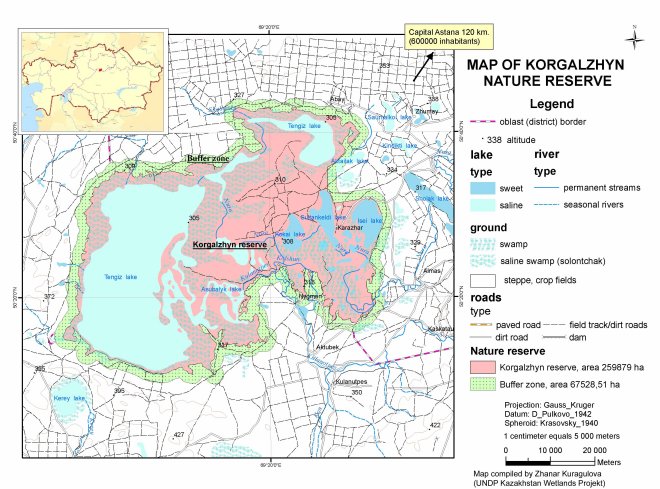
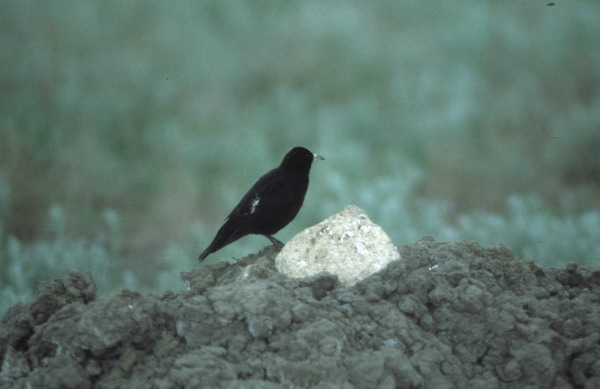
Black Lark (Photo, Thomas Tennhard)
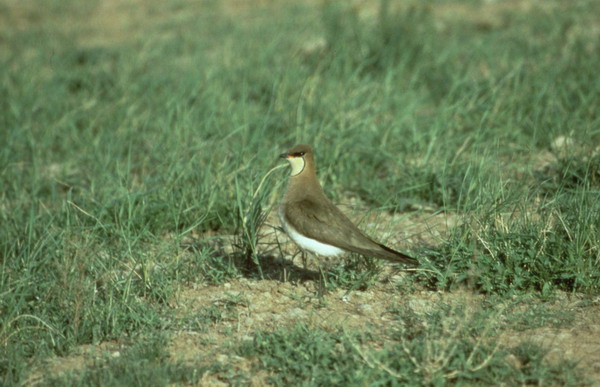
Black-winged Pratincole (Photo, Götz Eichhorn)
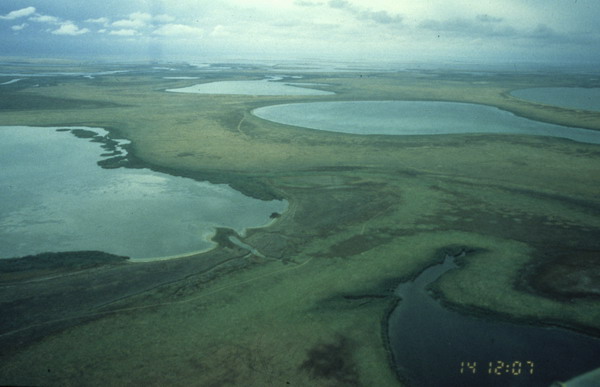
Korgadzhyn Lakes from the air (Photo, Martin Lenk)
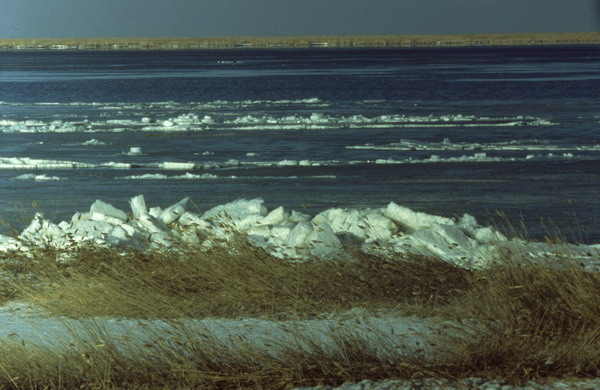
Korgalzhyn Lakes with ice (Photo, Alexej Koshkin)
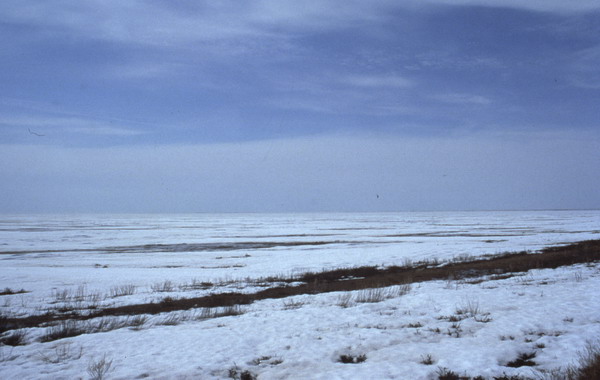
Lake Tengiz under ice (Photo, Til Dieterich, GEF Wetlands Project, UNDP Kazakhstan)
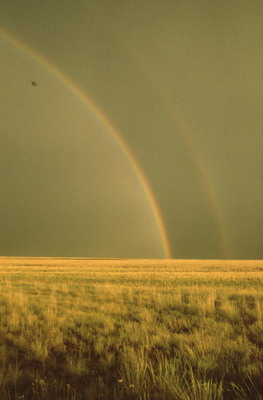
Rainbow over short grass steppe (Photo, Til Dieterich)
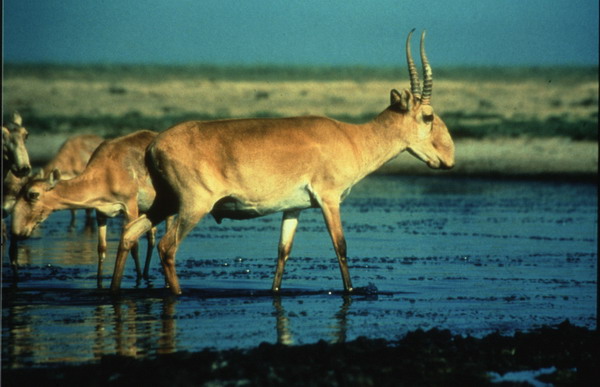
Saiga antelope, rare and typical steppe species (Photo, Oleg Belalov, ACBK)
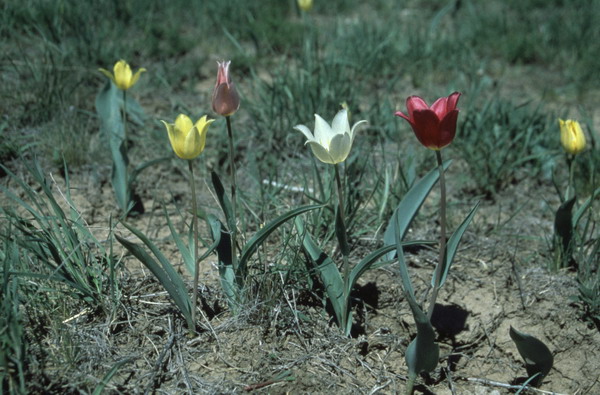
Schrenks Tulip in full blossom with different colors (Photo, Til Dieterich)
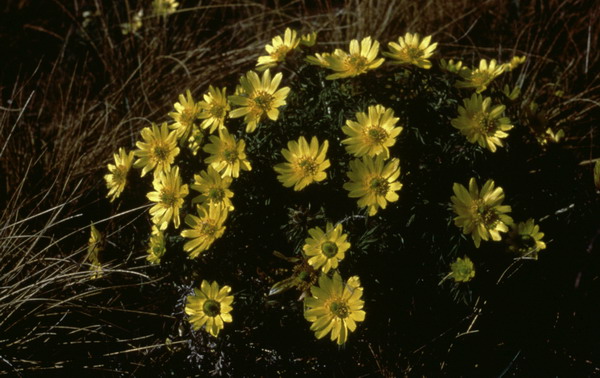
Volga pheasant's eye, a typical steppe species (Photo, Evgeni Bragin)
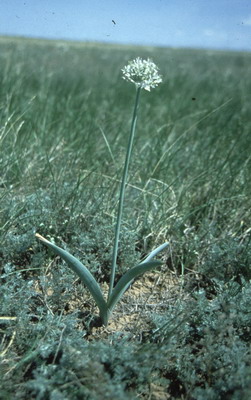
Wild onions as a typical steppe feature (Photo, Til Dieterich)